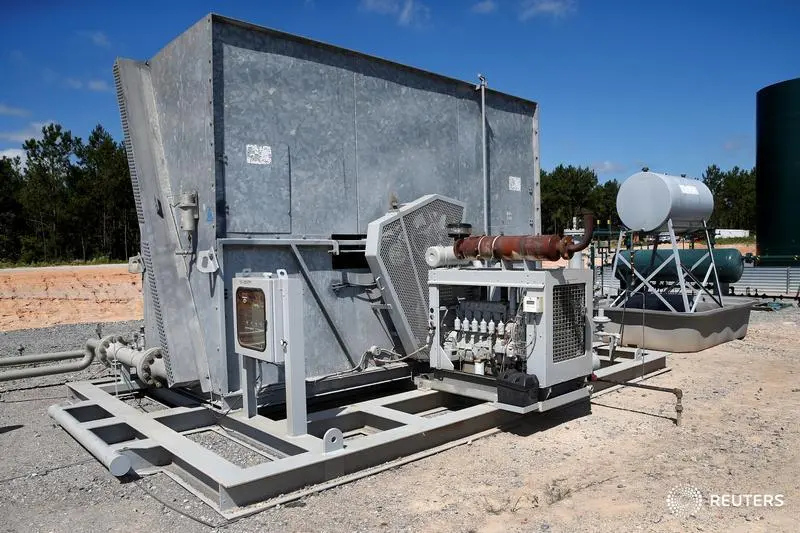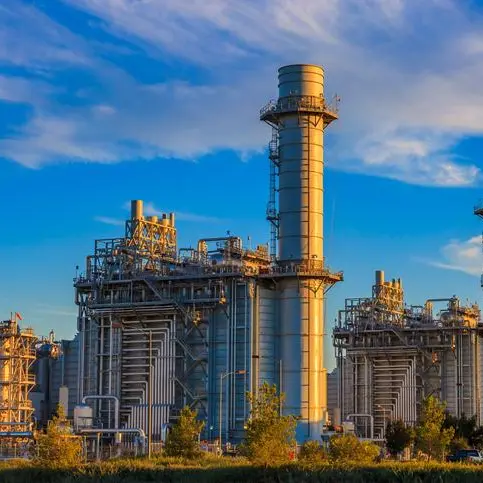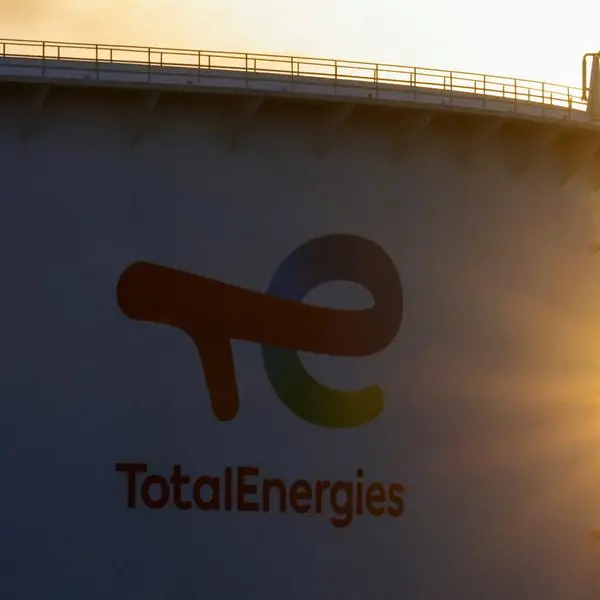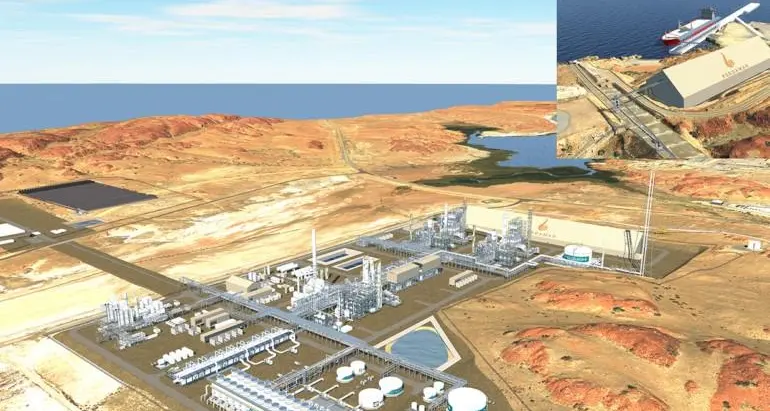PHOTO
U.S. natural gas futures slipped about 2% to a near four-week low on Wednesday on forecasts calling for mild weather and lower than normal heating demand to continue through at least early November.
Two weeks ago, U.S. gas prices soared to their highest since 2008 on expectations global competition for liquefied natural gas (LNG) would keep demand U.S. exports strong. But after weeks of mild weather, U.S. prices have dropped about 25% amid a growing belief that the United States will have more than enough gas in storage for the winter heating season.
Around the world, however, gas prices have soared to record highs as utilities scramble for more gas to refill dangerously low stockpiles in Europe before the winter and meet insatiable demand in Asia. High prices and energy shortages have already caused some industries to shut or curtail manufacturing activities in both regions.
But no matter how high global prices rise, U.S. LNG export plants were already operating near full capacity and will not be able to produce more LNG until later in the year.
Analysts expect U.S. gas inventories will top 3.5 trillion cubic feet (tcf) by the start of the winter heating season in November, which they said would be a comfortable level even though it falls short of the 3.7 tcf five-year average.
In Europe, analysts say stockpiles are about 15% below normal for this time of year.
Front-month gas futures for November delivery fell 10.9 cents, or 2.1%, to $4.979 per million British thermal units (mmBtu) at 8:47 a.m. EDT (1247 GMT), putting the contract on track for its lowest close since Sept. 23.
Recent declines in the November front-month have boosted the premium of futures for December over November to its highest since August 2010.
U.S. Lower 48 states rose to an average of 92.0 billion cubic feet per day (bcfd) so far in October, up from 91.1 bcfd in September. That compares with a monthly record of 95.4 bcfd in November 2019.
The weather is still turning seasonally cooler, and Refinitiv projected average U.S. gas demand, including exports, would rise from 85.7 bcfd this week to 87.9 bcfd next week as more homes and businesses turn on their heaters. Those forecasts were lower than Refinitiv expected on Tuesday.
With gas prices near $32 per mmBtu in Europe and $35 in Asia, versus just $5 in the United States, traders said buyers around the world will keep purchasing all the LNG the United States could produce.
Refinitiv said the amount of gas flowing to U.S. LNG export plants averaged 10.4 bcfd so far in October, the same as in September, but was expected to rise in coming weeks as more liquefaction trains exit maintenance outages.
But the United States only has capacity to turn about 10.5 bcfd of gas into LNG.
Global markets will have to wait until later this year to get more, when the sixth liquefaction train at Cheniere Energy Inc's LNG.A Sabine Pass and Venture Global LNG's Calcasieu Pass in Louisiana are expected to start producing LNG in test mode.
In the power market, next-day prices for Wednesday at the ERCOT North Hub in Texas jumped to $145 per megawatt hour from $44 for Tuesday as demand for electricity soars from around 50,000 megawatts (MW) on Tuesday to a projected 55,000 MW on Wednesday.
Traders said that increase in power demand was expected as consumers crank up their air conditioners with temperatures in Houston forecast to rise from the 70s Fahrenheit (24 Celsius) earlier in the week to the 80s for the next week or so.
(Reporting by Scott DiSavino; Editing by Bernadette Baum) ((scott.disavino@thomsonreuters.com; +1 332 219 1922; Reuters Messaging: scott.disavino.thomsonreuters.com@reuters.net))












